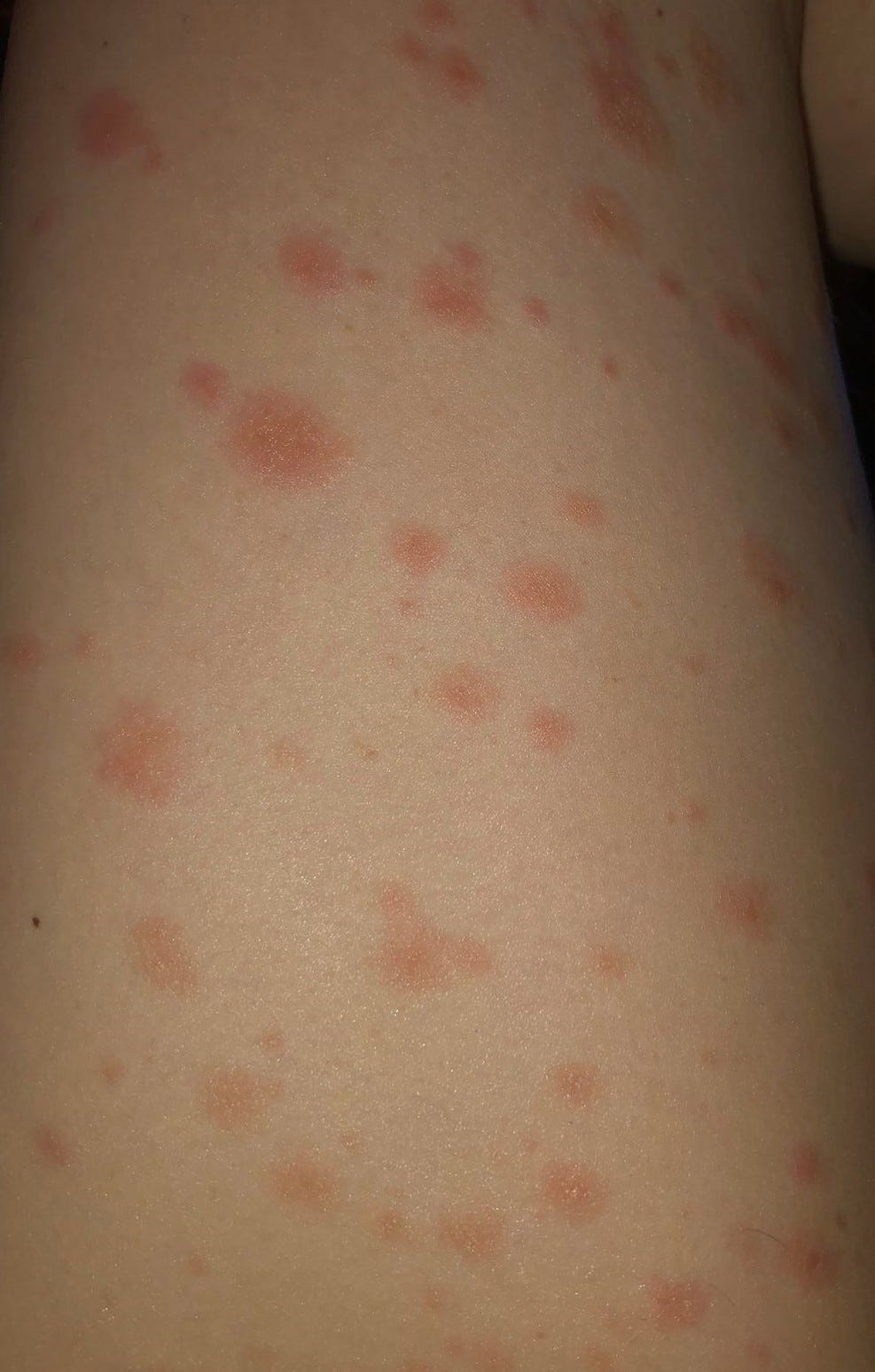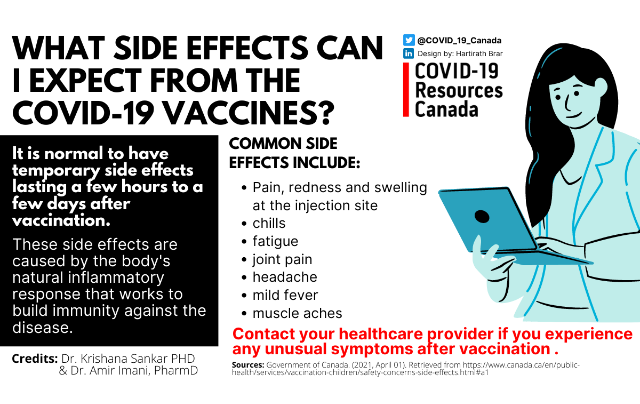
Before being released to the population, a vaccine must go through three phases of clinical trials that prove its safety and effectiveness. Nevertheless, it is essential to note that a vaccine’s production is not easy and quick. 14 15įor all these reasons, scientists worldwide entered a race to find a vaccine candidate useful in fighting the new coronavirus pandemic. The lack of implementation of continued interventions or effective treatments further contributes to discovering and using effective and safe vaccines. Lockdown, quarantine, contact tracing and case isolation are suggested as effective interventions to control the epidemic however, they may present different results in different contexts because of the specific features of the COVID-19. The COVID-19 pandemic represents one of the most significant global public health crises of this generation. Here, this systematic review protocol aims to assess the side effects, safety and toxicity of vaccines against COVID-19. Among the potential risks raised in the context of COVID-19, vaccine development is the security and effectiveness of immune responses elicited by a vaccine. Developing any vaccine needs to ensure that safety risks are identified and quantified against potential benefits. 7Īssessing the safety, efficacy and side effects of the vaccine is urgently needed, and has been heavily scrutinised by the leading medical agencies around the world, like the Centers for Disease Control and Prevention and the Food and Drug Administration. 5 6 The viral vector (mRNA) vaccine encodes full-length S protein ectodomains of SARS-CoV-2, which contains both T and B cell epitopes that can induce cellular and humoral immune responses against viral infection. Vaccines against COVID-19 differ in composition and mechanism of action, which may be relevant for their safety and efficacy, being essential for the success and eradication of this infection.

/cloudfront-us-east-1.images.arcpublishing.com/gray/Y77EJP6KWZDUJATEXH2JNCSNCY.jpg)
mRNA vaccines are stable-and can be easily produced in large quantities. The inactivated ones (dead microorganisms) are more stable than the attenuated ones, but they have a short duration of immunological memory that requires the association of adjuvants. Attenuated virus vaccines are based on weakened microorganisms, effective in stimulating the immune system. Most innovative vaccines have focused their efforts on inducing an immune response against the S protein. SARS-CoV-2 is an RNA virus with a high mutation rate, and that on the envelope surface has three important structural proteins that can be identified: spike protein (S), envelope protein (E) and membrane protein (M). 3 To meet the urgent need for a vaccine, a reduction in the development schedule has been proposed from 10–15 years to 1–2 years. Strategies such as social isolation, personal hygiene and frequent hand washing have been implemented however, a protective vaccine is required to achieve sufficient herd immunity to SARS-CoV-2 infection to ultimately control the COVID-19 pandemic. 1 Symptoms include fever, dry cough, fatigue, shortness of breath, chills, muscle pain, headache, gastric disorders and weight loss, often leading to death.

It is a highly transmissible virus among humans that has become a significant public health issue.

SARS-CoV-2 is responsible for a large number of global COVID-19 cases.


 0 kommentar(er)
0 kommentar(er)
